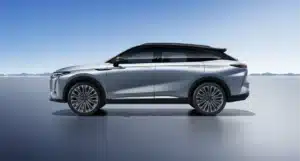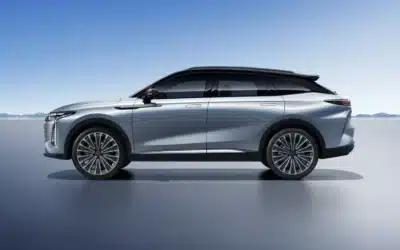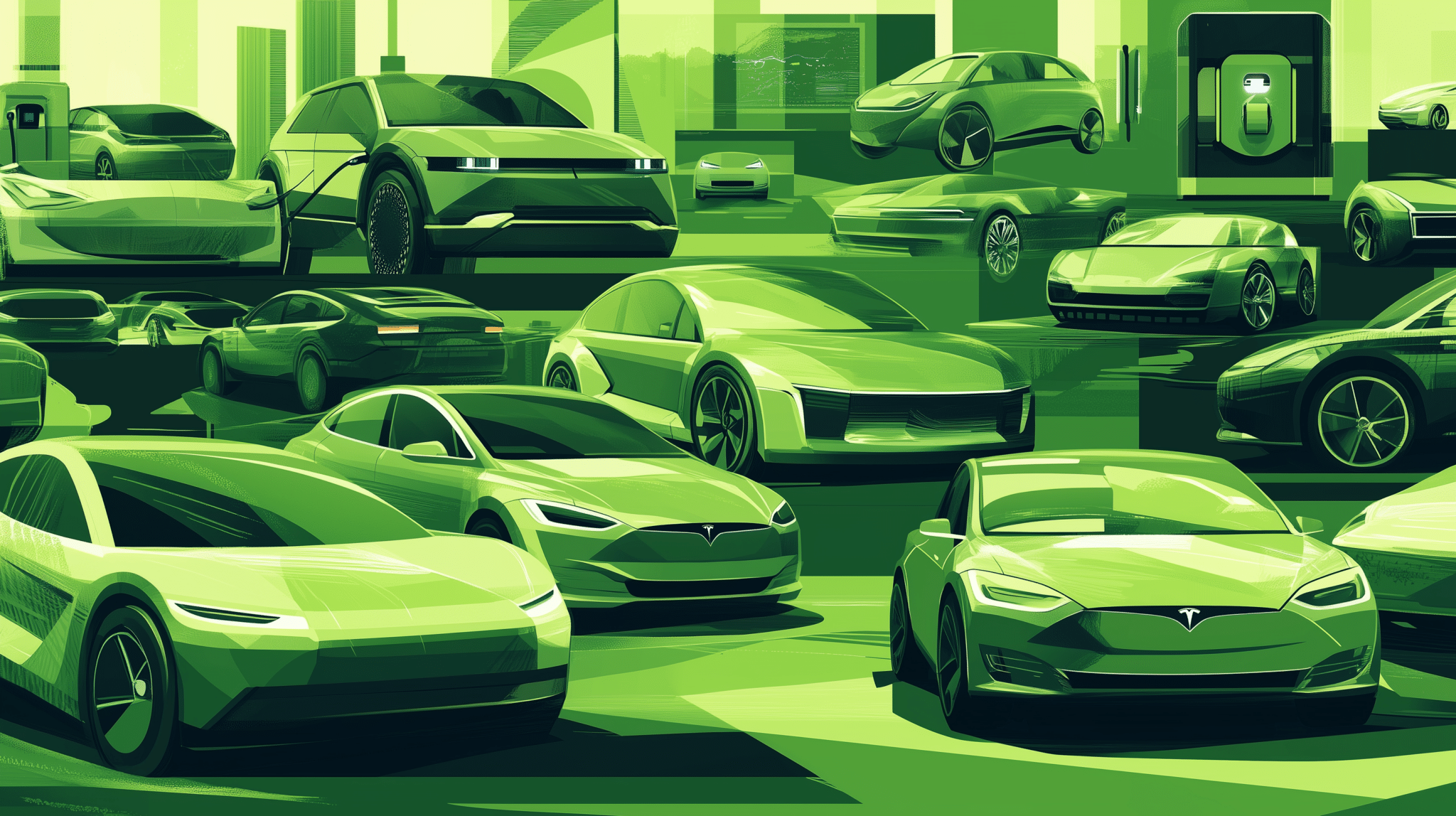
There are many reasons to make the switch to an electric car, such as their smooth, quiet ride, or their blistering acceleration. But one of the biggest motivations for EV buyers is their lower environmental impact. But some people question whether they are actually more sustainable. On World EV Day, we set out to provide a definitive answer. Spoiler alert – yes, EVs are more environmentally friendly!.
Electric cars are rapidly growing in popularity in the UAE and Saudi Arabia. As elsewhere, this shift is driven by an increasing awareness of environmental sustainability, regulatory measures, and the commitment to reducing carbon footprints globally.
Our analysis reveals definite lifecycle emissions advantages over internal combustion engines. But it is important to note that those benefits rely to a great extent on the electricity that powers them coming from renewable sources, such as solar or wind generation.
Let’s take a look at the data from the International Energy Agency’s (IEA) lifecycle assessment calculator. This provides the most complete overview. You can select the size of car to compare as well as selecting different countries or regions. Sadly, the MENA region isn’t covered specifically yet, but it may come soon, given the growth in the number of cars here.
Lifecycle Emissions: An Overview
The lifecycle emissions of a car encompass the total emissions from its production, operation, and disposal phases. For internal combustion engine (ICE) vehicles, the largest proportion of emissions comes from the fuel combustion as the car is driven.
In contrast, EVs produce zero tailpipe emissions, but their primary emission sources come from the manufacturing process and electricity used for charging, if not totally renewable.
According to the IEA’s assessments, an average ICE vehicle emits approximately 40% more carbon dioxide (CO2) over its lifecycle than an electric vehicle.
A few things, however, need some further explanation. The total emissions of most EVs are higher than their ICE counterparts in the very early stage of their lives, but the cross-over point comes quite quickly, generally after a year.
Let’s look at two scenarios.
SUV:
A large electric SUV, driven 50km per day over a 10-year lifetime, would produce total lifecycle emissions equivalent to 18.1 tonnes of CO2 (tCO2-eq). This assumes that the electricity generated is 40% from natural gas, 20% from wind and 15% from nuclear energy. The lifecycle emissions reduce to 11 tCO2-eq if the electricity were 98% renewable.
By contrast, an equivalent large ICE SUV, driven the same range over the same period using standard petrol (with 4.6% blending of biofuel such as ethanol), would produce 45.6 tCO2-eq.
Despite higher manufacturing emissions associated with producing the battery, the battery EV’s cumulative emissions are lower than those of its internal-combustion equivalent after 1 year.
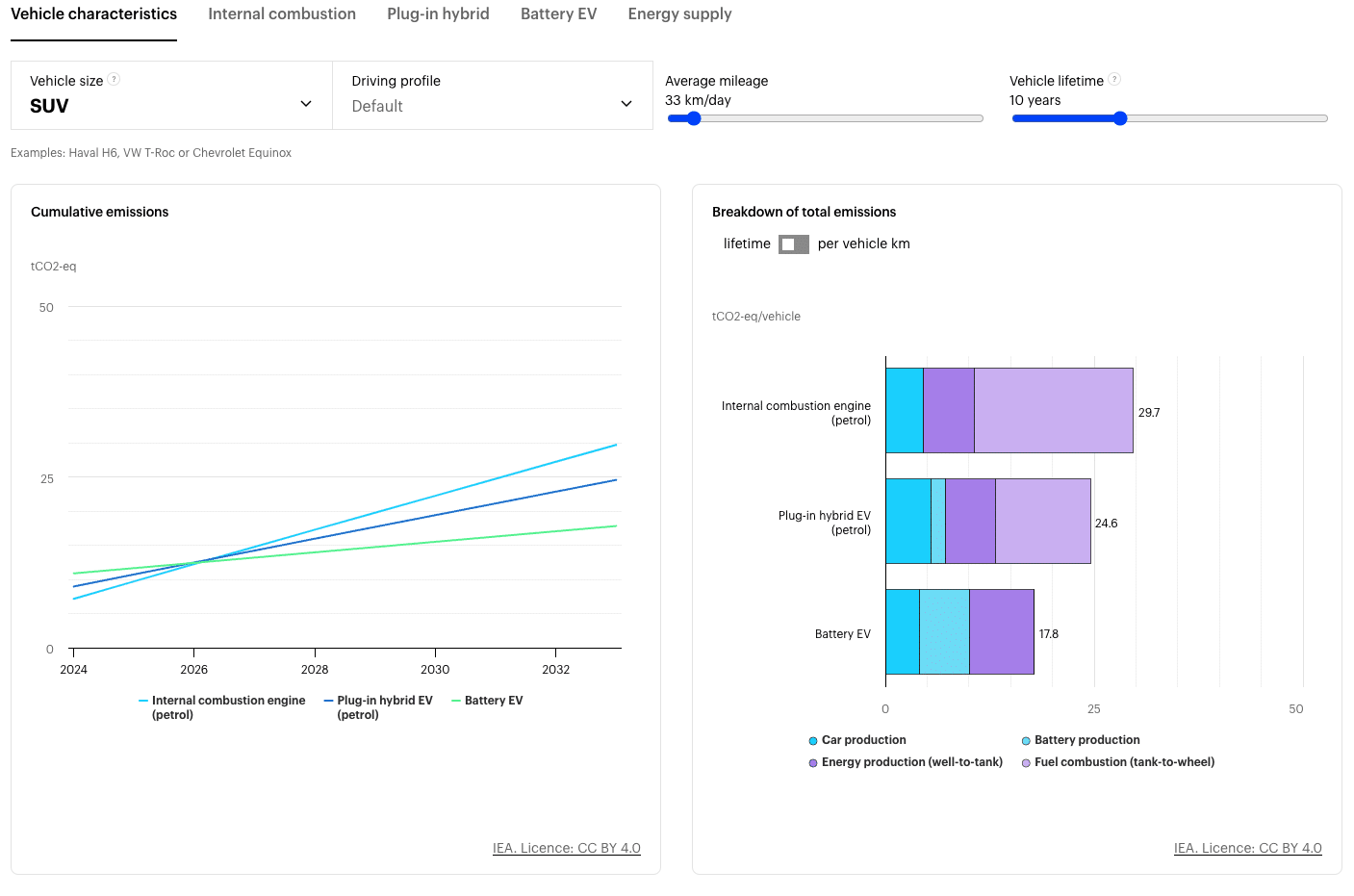
Medium-sized car:
The same kind of difference is true for a medium-sized EV compared with a similar ICE car. The petrol car will be responsible for life-cycle emissions of 30.5 tCO2-eq over a 10-year lifetime compared with 14.7 tCO2-eq for the EV. Again, the EV’s cumulative emissions drop below the ICE car after one year.
It’s worth spending some time playing around with all the variables on the IEA calculator to match as closely as possible to your own situation.
And most manufacturers now publish detailed information on the lifecycle emissions of their models. Some, like Polestar and Volvo, are focusing on full carbon neutrality within the next 10 years.
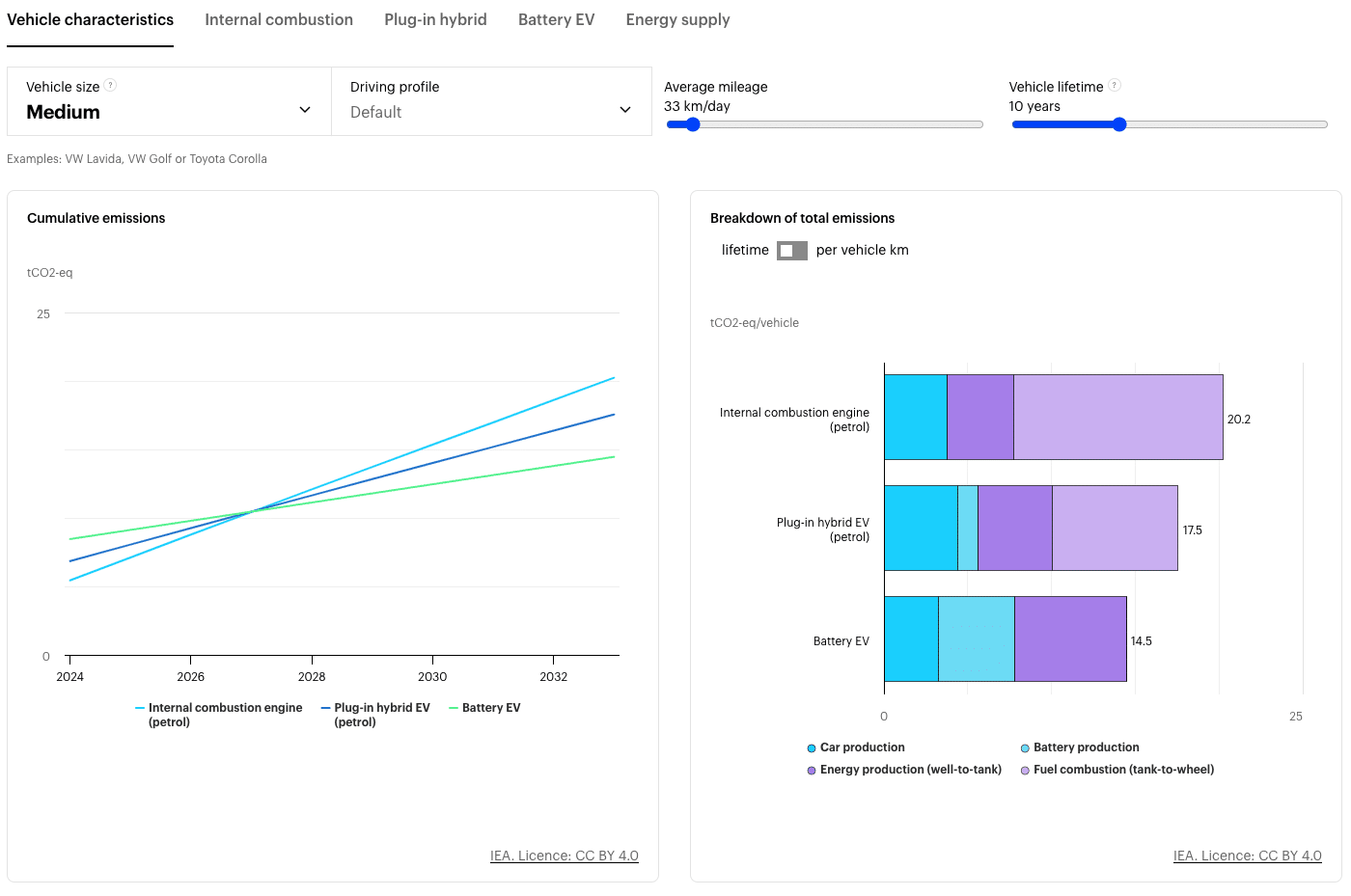
Energy Mix and Regional Implications
The UAE and Saudi Arabia have taken substantial steps to diversify their energy portfolios, increasingly incorporating renewable energy sources such as solar (we’re not short on sunshine).
The IEA’s tool suggests that regions with a higher penetration of renewable energy supply accrue more lifecycle emission benefits from EVs.
In regions with a clean energy matrix, the lifecycle emissions of EVs can be up to 70% lower than their ICE counterparts. This statistic underscores the transformative potential of adopting renewable energy alongside promoting electric mobility, offering a twofold impact—reducing dependency on fossil fuels and cutting down on greenhouse gas emissions.
Manufacturing and End-of-Life Considerations
The IEA’s data underline that while the production phase of EVs, particularly the battery manufacturing, emits more CO2 compared to ICE vehicle production, the overall lifecycle emissions remain favourable for EVs.
Batteries do use a lot of chemicals, such as rare earth metals, that need to be mined or produced and shipped around the world. There’s a race for battery efficiency, using alternative elements where possible. But as it stands, the majority of batteries are Lithium-ion, which use the rare earth minerals.
Battery recycling technologies and sustainable supply chain practices are evolving, progressively diminishing the environmental impacts associated with EV manufacturing.
The recyclability of electric vehicle components can also enhance their sustainability. For example, a number of Japanese car companies recently announced that they are focusing on reducing the use of plastic and recycling more. As circular economy practices gain traction, initiatives focussed on recycling batteries and reusing materials can, to some extent, mitigate the environmental impacts of EV end-of-life disposal.

Road degradation from EVs could become more of a problem and lifecycle assessments are not capturing this issue adequately.
Road Degradation
EVs are generally heavier than conventional cars, mainly because of the weight of their batteries.
This means that they need to use higher-specification components, particularly brakes and discs to stop the car, which travels with higher momentum. These would typically result in a higher environment than standard equipment, but this would be factored into the lifecycle assessments.
More weight also means more down-force exerted on the road surface. This could lead to more wear and tear and degradation, which in turn would necessitate more repairs, using bitumen and other non-sustainable products.
There are no definitive studies on this yet, but a study by the UK’s Transport Research Laboratory suggested that the effect of passenger EVs on road infrastructure was likely to be minimal in the short term but could become more noticeable with higher market penetration of heavier EV models.
A study done in the US, found that the most significant factor contributing to road damage is axle load, which is the weight carried by each axle on the vehicle. According to the American Association of State Highway and Transportation Officials (AASHTO), the damage to roads increases exponentially with vehicle force exerted downwards on each axle. So the heavier the vehicle the more damaging over time.
So, this could be a valid concern and may not be factored into the overall lifecyle assessments.
So, assuming that the IEA and EV manufacturers are providing accurate data (set aside any conspiracy theories here!), the environmental case is clear. With more focus on reducing emissions in the manufacturing phase and supply chain, even more clear-blue water between EVs and conventional cars will emerge over the next few years.




